
These days, where everyone is encouraged to stay at home, the days and nights can become tedious. Due to this, you may be itching to find entertainment and long for the days when you can visit the cinema easily when you feel the need to immerse yourself in another world.
One way to look at the current coronavirus situation is that it’s your chance to make improvements to your house, such as setting up a home theater. If you’ve always been a fan of the silver screen, you’ll definitely enjoy this project.
Tips for Setting up a Home Theater
Here are some home theater tips to help you recreate the cinema experience in your home:
01. Find the Perfect Room for Home Theater

First, you want to look for the best room to set up your equipment and peripherals. Consider your living room, bedroom, or make space in an entirely separate room just for your home theater.
The best thing about this is that it’s all up to you. Don’t limit yourself to societal conventions. If you want a home theater in your attic, why not go for it?
02. Determine the Positioning
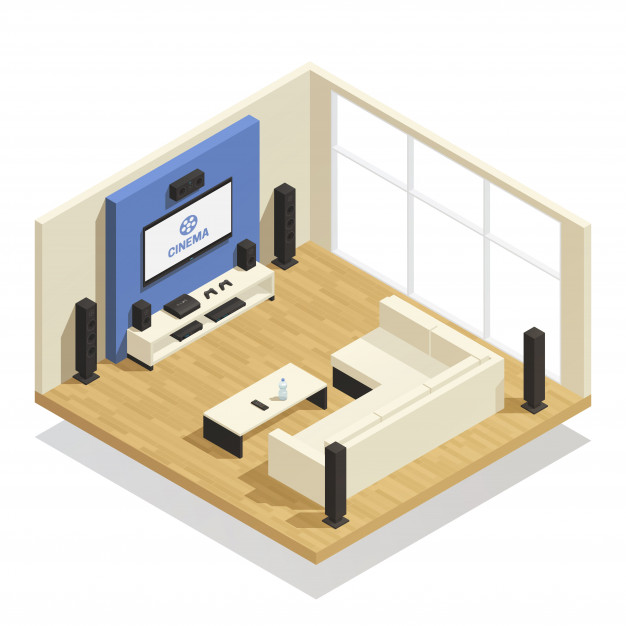
Next, you have to master the measurements of the room where you plan to set up your TV and speakers. You don’t want to decrease the quality of your viewing experience just because you positioned your equipment haphazardly.
There’s a formula that you can follow for the optimal seating arrangement. You just have to multiply the size of your screen, which is measured diagonally, by 2.5. Knowing this, if you have a 55-inch TV, you have to position your chairs 137.5 inches or about 11.5 feet away from the screen.
Ideally, your couch should be right in front of the TV. Additionally, you’ll want to have two speakers beside the screen and two behind it. For the best audio, you should also have two speakers right beside the couch on each side and two behind as well. Throw some acoustic panels into the room, too, for an eargasmic experience.
Of course, you should still check it personally and see if the positioning works for you and your family. The formula is just there to guide you on how to go about this task.
03. Invest in Quality Home Theater Equipment
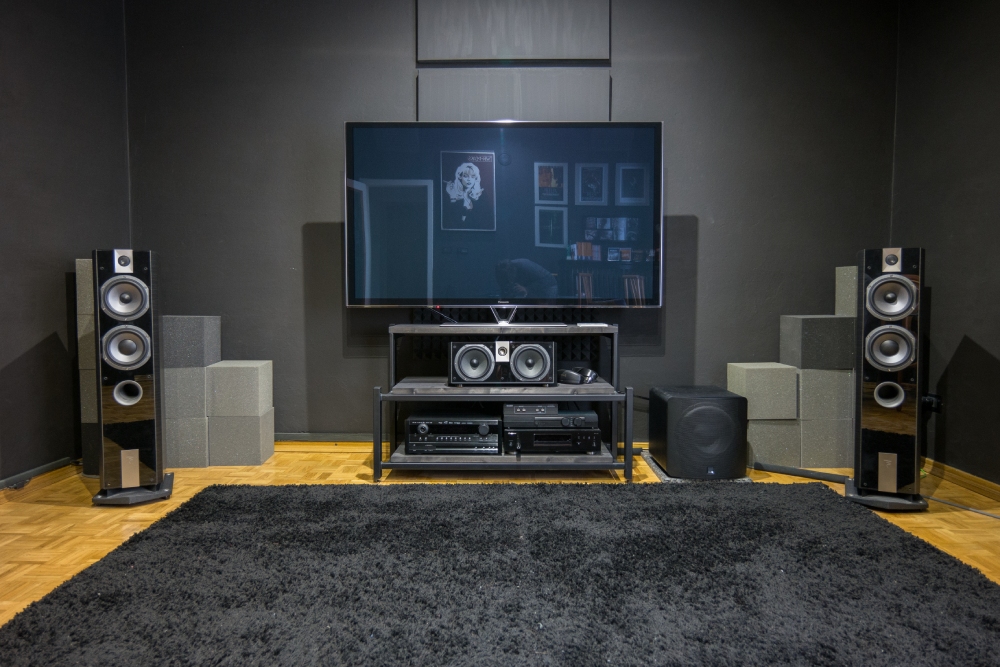
Since you’re already making improvements to your home, you should go all out and invest in high-quality equipment. Well-made products are sure to last you a long time, so you can maximize your home theater even after the pandemic, and you can invite guests over instead of spending money in the cinemas.
If you want to change your TV, look for one that’s high-definition, with 8K capabilities if possible, and with smart features to future-proof it. For your home theater speakers setup, aside from the sound quality, be mindful of how it blends well into the aesthetic of your room. Gone are the days when you have to suffer from bulky speakers. Nowadays, there are beautifully crafted audio devices that emit high-quality sounds.
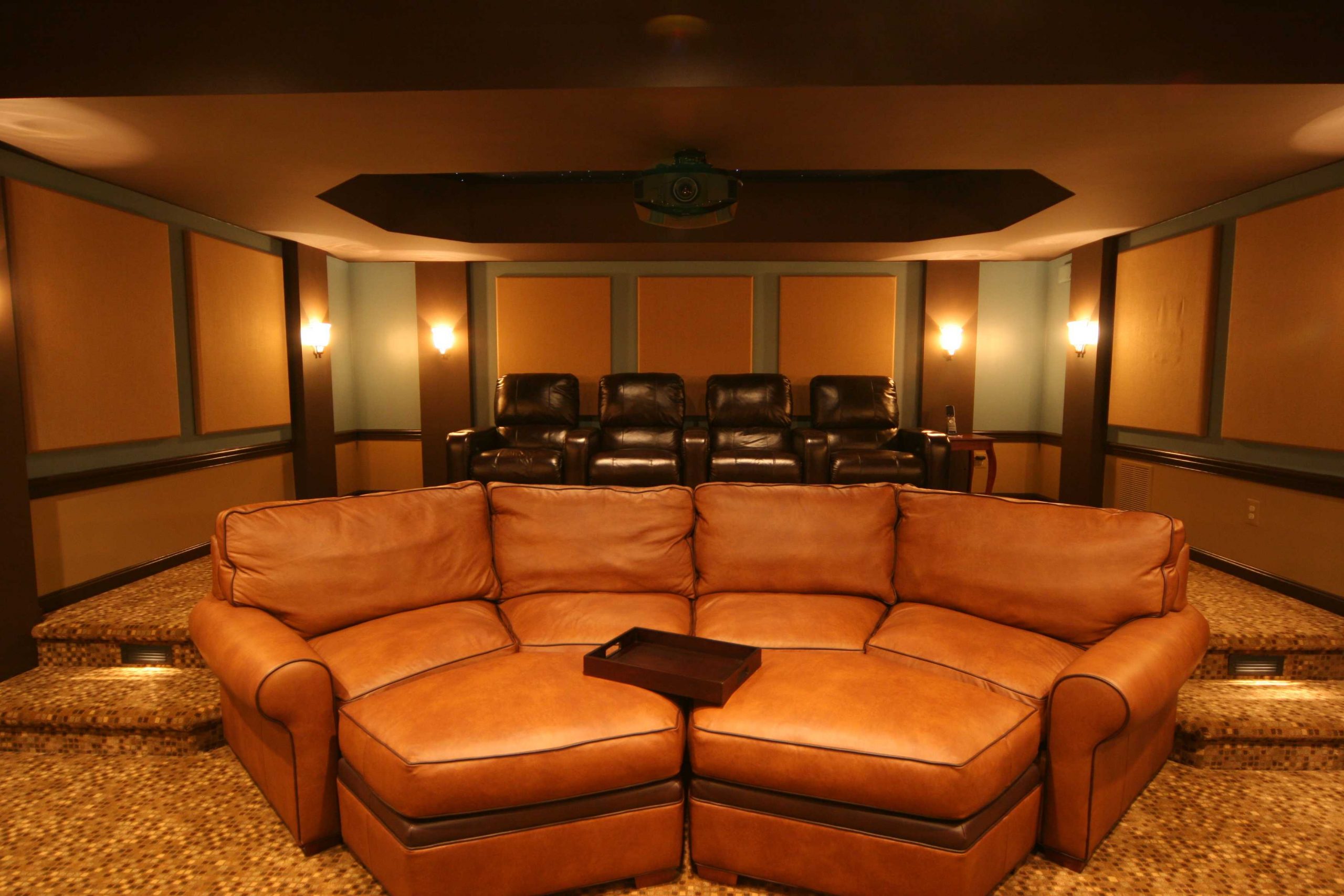
Don’t neglect you and your family’s comfort too. What good is it to have the best audiovisual experience when you can’t even sit restfully on your couch? Look for comfortable home theater seating to create the ultimate experience for all your senses.
04. Read the Manual
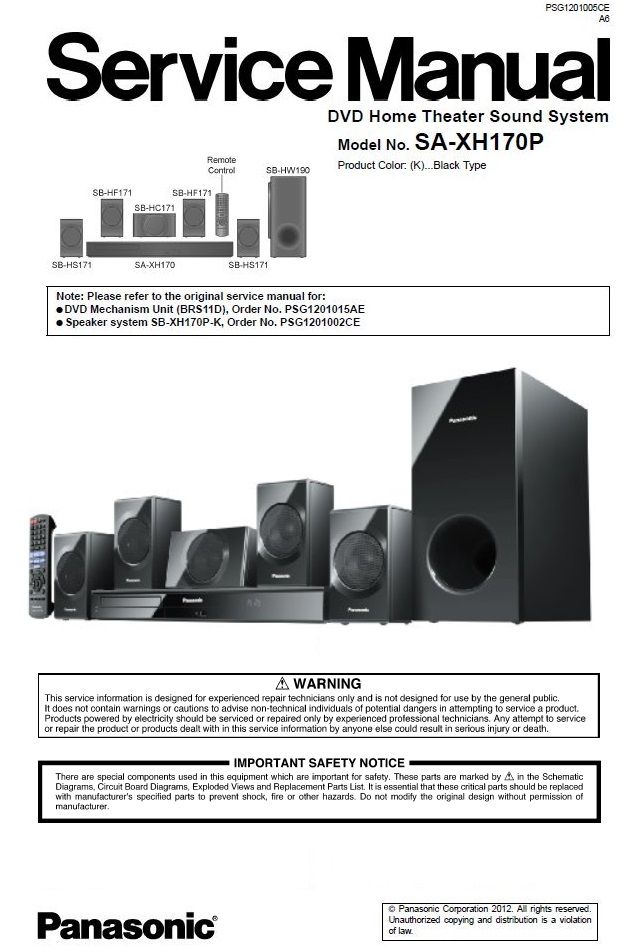
Once you’ve invested in the best equipment within your budget, you should take the time to become familiar with your new devices. Read the manual or watch some tutorials online to ensure that you can get the most from your home theater equipment.
For instance, you should check the cables and wire polarity. Another factor to consider is how to configure and calibrate your audio devices. Look into its bass management settings and channel assignments, as well as the levels for each peripheral using a sound-level (SPL) meter.

That said, you may want to invest in calibration gear for your speakers, such as the aforementioned SPL meter as well as calibration discs. These tools allow you to gauge your audio devices more accurately than when you’re just using your ears.
You’ll also need to calibrate the display of your TV. You should learn how to set black levels and color temperature relative to your room’s lighting.
05. Check Your Electronics
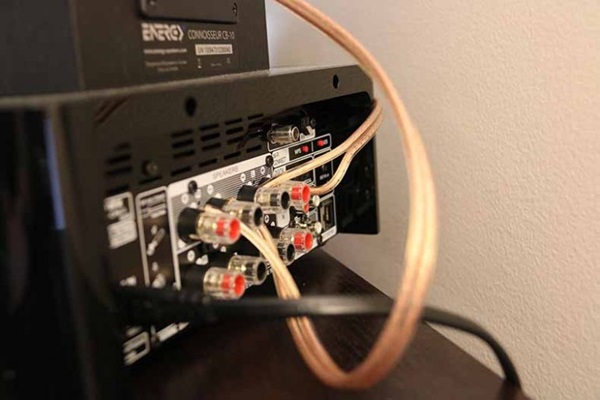
Before you drill everything into place, make sure that all electronics are plugged securely and that they turn on. You don’t want to make the mistake of securing everything, only to have to undo your work because you overlooked this little detail.
Also, HDTVs require a precise angle to be able to enjoy their display fully. There’s also the glare from the sun to consider. Adjust accordingly to these factors and your preference.
06. Prepare Your Tools for Setting up a Home Theater
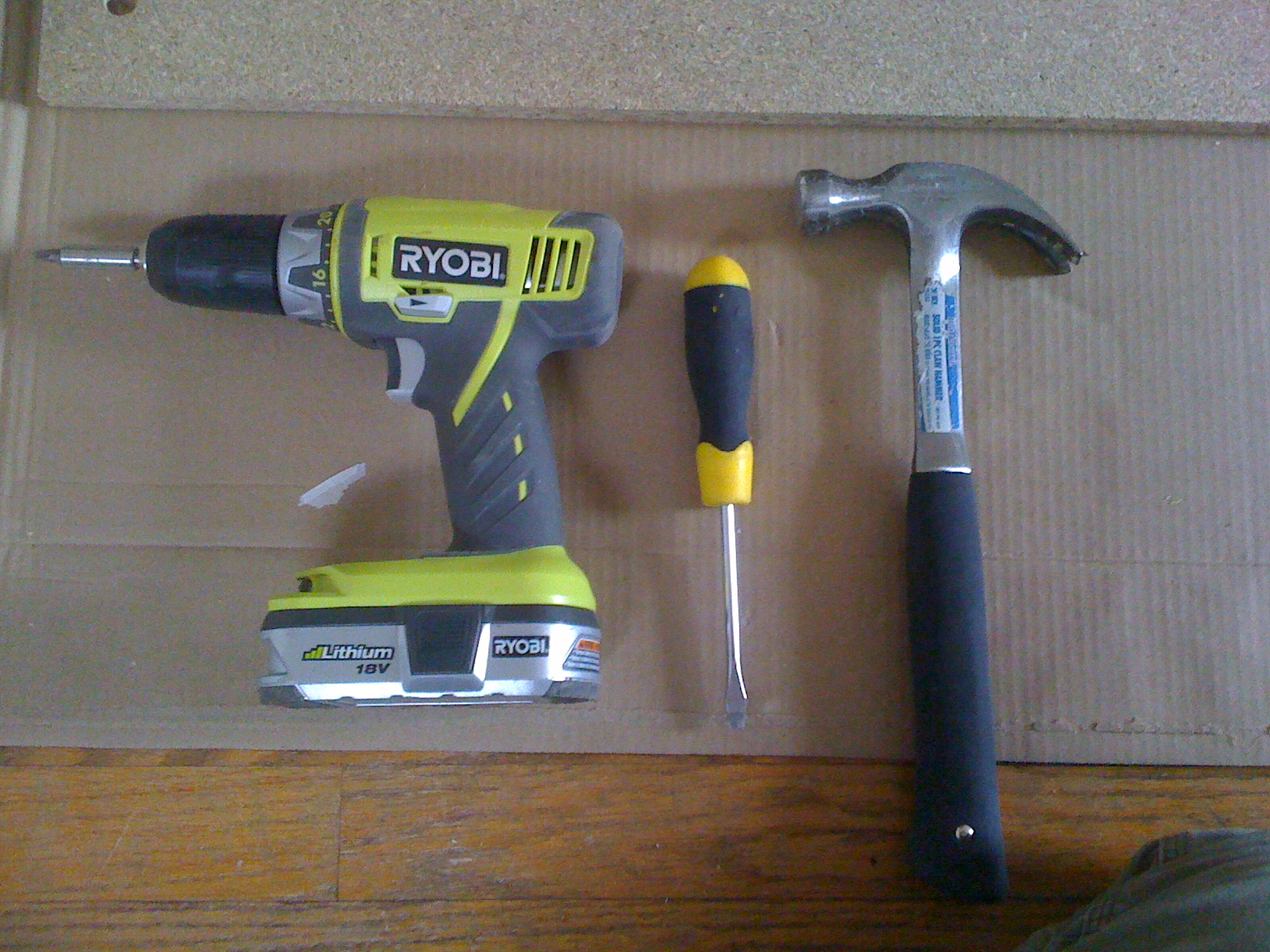
Make sure that you have the right tools nearby when you’re ready to secure everything into place. These days, you want to limit your exposure outside, so preparing the equipment and gadgets you need before setting up a home theater that can make you more efficient.
These are some of the basic home theater tools that you’ll need:
Drill – You need this to make holes in the walls or floorboards where the cables might go through. If you can, look for battery-powered handheld ones to improve your mobility.
Hammer – You may also need to install fixtures on the walls, such as acoustic panels, so you’ll need a hammer and nails.
Screwdriver – Screwdrivers are crucial for electronics since they allow you to open up the casings and check inside if ever a device is malfunctioning. As much as possible, have all sizes ready since you can never be too sure of the measurement.
07. Be Mindful of 3D Viewing for Home Theater

Nowadays, it’s already possible to have 3D viewing right in the comfort of your home. If you enjoy this type of display, you need to ensure that your TV has the capability. Additionally, think of the glasses that you’ll need.
Next, consider your seating. Make sure to get couches with a stiff back so that you’ll be prompted to sit up straight. Slouching or lounging can garble the 3D effect, and you want to avoid that.
Conclusion
A home theater has become more enticing now that everyone is stuck at home. Now is the best time to make the necessary improvements and recreate the cinema experience right on your couch. Follow the above mentioned home theater tips to ensure your project’s success.






























